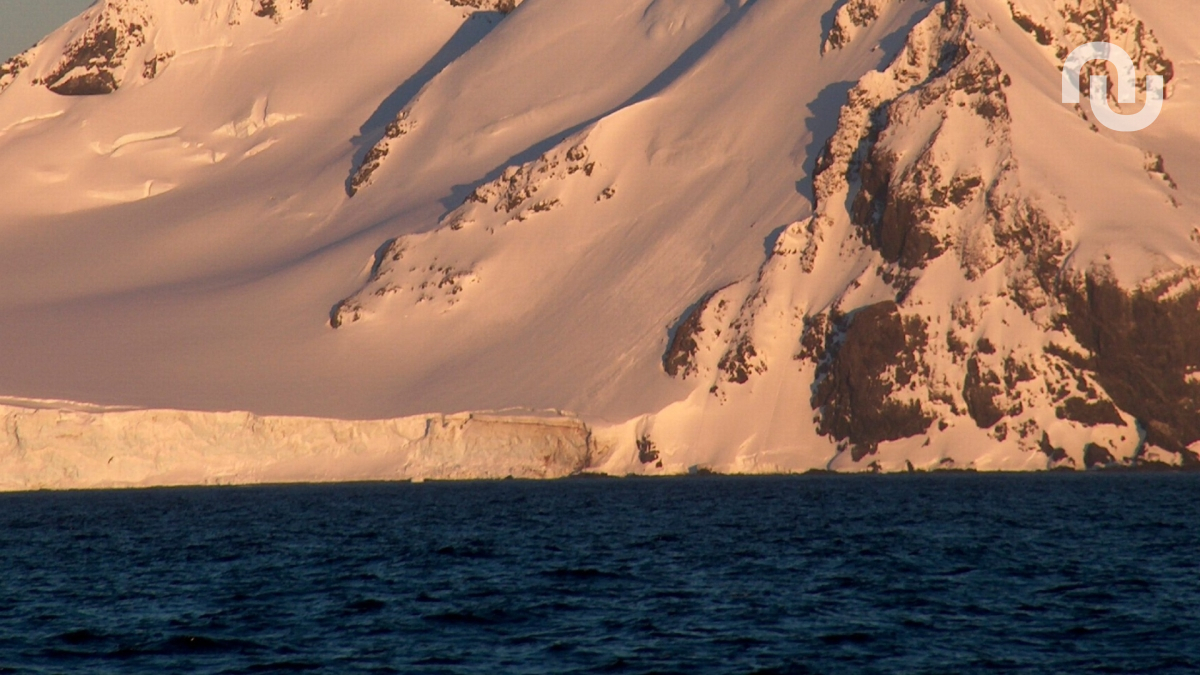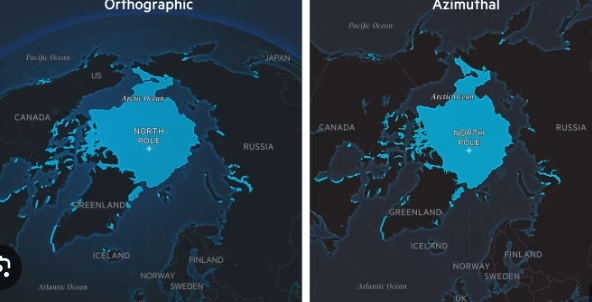Scientists have produced the third-ever map of Antarctica, revealing more precisely than ever what the continent looks like beneath its ice.
What would Antarctica, this frozen continent, look like without its ice sheet? This is what an international team of scientists, led by the British Antarctic Survey (BAS), sought to find out. On March 13, 2025, they published Bedmap3 in the journal Scientific Data. It is a map depicting the white continent without its ice cap.
The third map of Antarctica published
Studied since 2001, Bedmap4 is the third attempt to map the bedrock of Antarctica. To carry out this monumental task, scientists relied on approximately 60 years of data collected by planes, satellites, ships, and even sleds pulled by dogs.
What’s different about this map compared to its previous versions? « It includes more than double the number of data points from before (82 million), rendered on a grid spacing of 500 meters, » as stated in the BAS press release.
The map provides a view of the continent as if its 27 million cubic kilometers of ice had been removed. This representation allows for the visualization of the mountains and canyons of Antarctica. One of the key changes in this version of the map is the location of the thickest ice sheet.
Previously, it was located in the Astrolabe Basin in Adélie Land. Today, studies reveal that it is actually located in a canyon in Wilkes Land. At this point, the ice sheet reaches a thickness of 4,757 meters.
Why map Antarctica?
While it may seem odd or unimportant to map and imagine Antarctica without its ice sheet, some may question its usefulness. The researchers’ goal in creating such a map is to understand and anticipate how the ice sheet will respond to climate change.
« In general, it has become clear that the Antarctic ice sheet is thicker than we originally thought and has a greater volume of ice anchored to a bedrock situated below sea level, » explains Peter Fretwell, mapping specialist and co-author at BAS.
The goal is also to predict sea level rise, as the author demonstrates: « This exposes the ice to a greater risk of melting due to the intrusion of warm ocean water occurring along the continent’s margins. What Bedmap3 shows us is that we have an Antarctica that is slightly more vulnerable than we previously thought. »
Source: numerama




